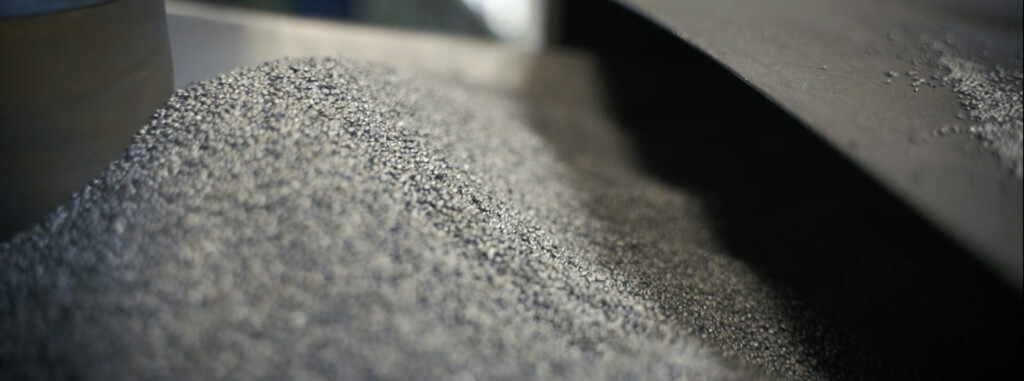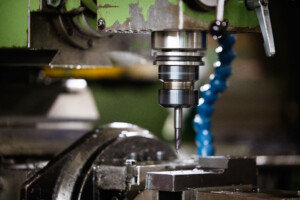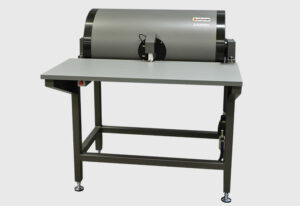An overview of magnetic saturation testing
The magnetic phases of hard metals give them specific properties. Specific saturation measurement is ideal for checking the composition of metal alloys in which one phase is magnetic. It is particularly applicable to materials for cutting tools used in machining, hard steels for mining, and for cement or aggregate grinding processes. It is also ideal for examining materials used in the manufacture of magnets or soft magnetic composites.

Why testing the magnetic saturation of hard metals?
Magnetic saturation testing of hard metal samples is essential to guarantee their quality and performance in their final application. These tests provide information on the composition, structure and therefore properties of materials such as austenitic steels (drilling, grinding) or tungsten carbides (cutting, machining). This characterization method also makes it possible to optimize manufacturing processes, select suitable materials for an application and indirectly control hardness. In addition, the detection of unexpected variations in magnetic saturation helps to identify potential defects and ensure the reliability of industrial components.
Principle of magnetic saturation testing
To illustrate this method with a simple analogy, consider a bucket whose volume is unknown. The simplest way to determine this volume is to fill the bucket (or saturate it) with water, then measure the quantity of water poured in by weighing it. Knowing the density of the water, we can then deduce the volume of water poured in, i.e. the volume of the bucket.
In our case, the measurement process involves magnetizing the sample until saturation in a powerful magnet (the “filling” phase). Next, the “amount of magnetization”, or magnetic saturation of the sample, is determined by rapidly removing it from the magnet. This is done by measuring the e.m.f. induced by a coil surrounding the sample during this removal operation. Finally, the specific magnetic saturation of the magnetized phase – equivalent to the density of water in our example – is used to determine the amount of magnetic phase present in the sample, like the amount of water in our bucket. The whole measurement process takes just a few seconds.
A measuring device based on this technology therefore consists of a permanent magnet with a strong magnetic field, a system for introducing and removing the sample in this field, to which measuring coils are attached. The system is completed by an electronic interface and software for easy acquisition and presentation of results.

Benefits of testing the magnetic saturation of hard metals
This technique is recognized as a robust quality control solution for hard metals, offering good reliability and measurement speed. The technology’s outstanding speed becomes obvious when compared to alternatives such as X-ray diffraction (XRD), where measurements can take several minutes.
Moreover, depending on the device used, it proves versatile, accommodating large samples without compromising accuracy. Unlike XRD, the technology requires no special expertise or interpretation of complex diagrams.
The method is standardized in certain fields, including the determination of magnetic saturation (Ms) of cemented carbides by ASTM B886.
-
Simple and fast
Measurements performed in seconds, independent of the user’s skills
-
Versatile
Accommodates even large samples
-
Accurate and repeatable
Excellent metrological performance
